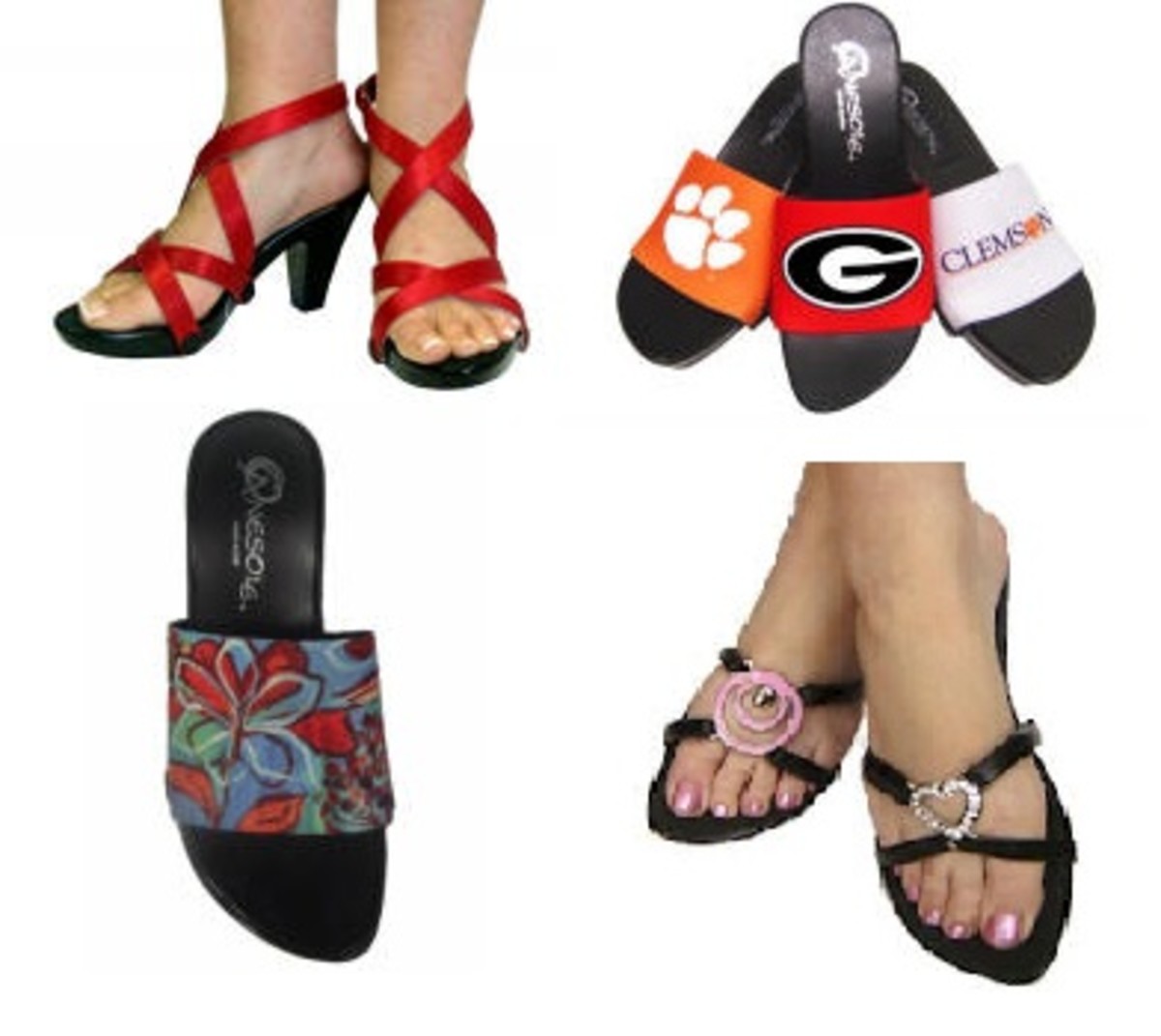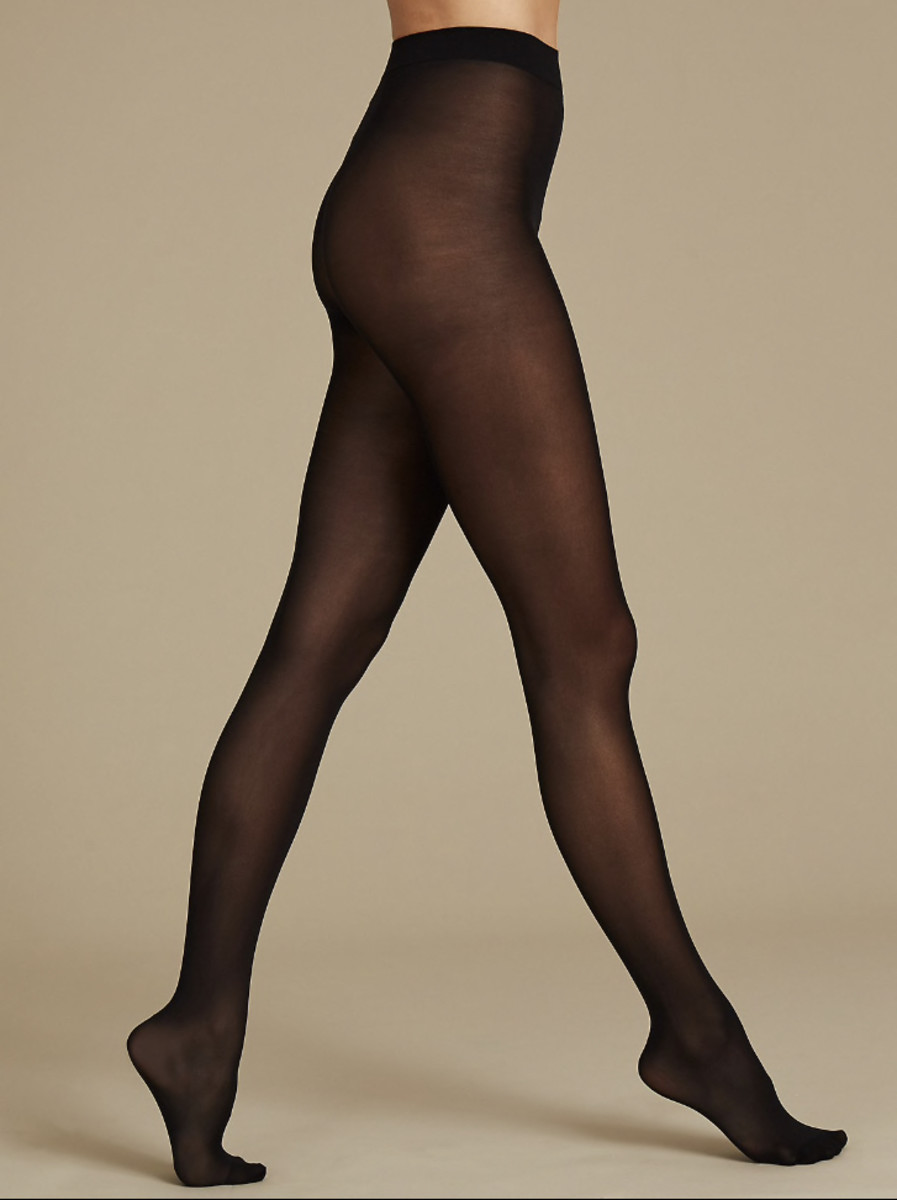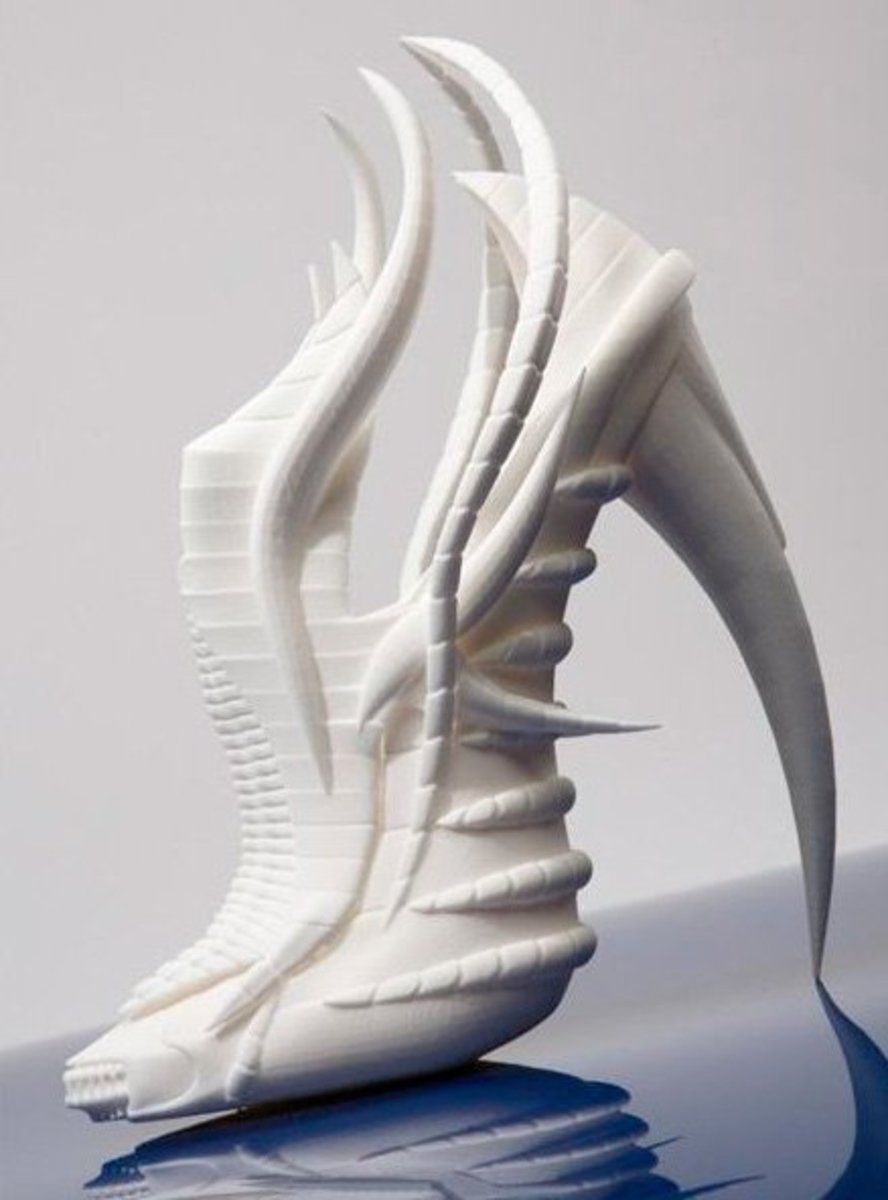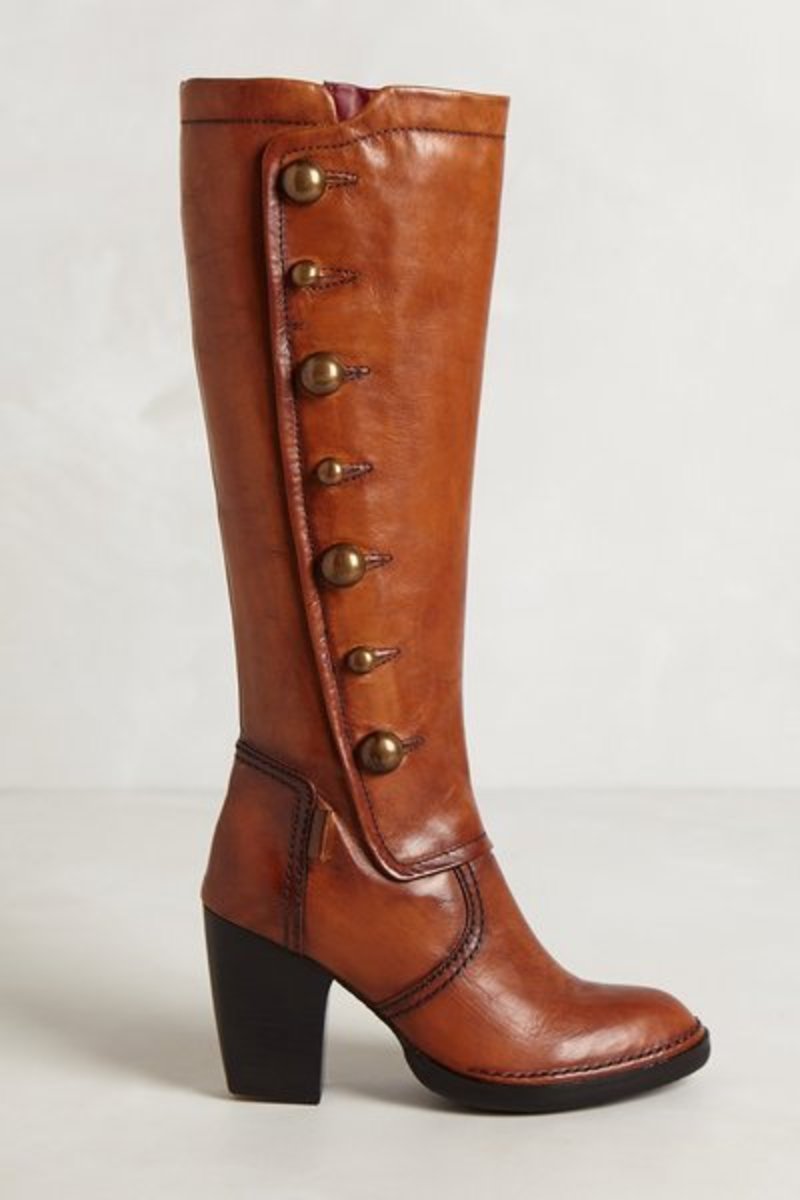All You Need to Know About Shoelaces
You probably don’t give shoelaces much thought because they are slowly disappearing from sight. They are being replaced by Velcro, which will eventually be replaced by spray on shoes. In the long run, the lowly shoelace will be tied to other obsolete antiquities such as the buggy whip.
Yes, there will be shoelace collectors and a few colorful pairs behind glass in museums. But you will not find them on shoes.
Then, someday in the distant future, a college student will need to write a paper about the “ancient” shoelace of the 21st century. He or she can then use this article as a shoelace reference source.
So gather round as I string together the tale of those quaint pieces of fabric that used to hold shoes onto people’s feet.
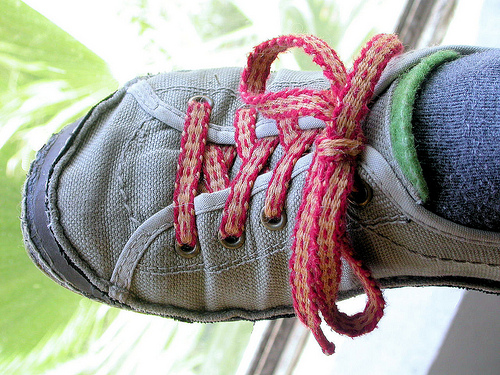
A Brief History Of The Shoelace
Unlike the chicken and egg question, shoes came before shoelaces. “Shoes” originally were just a piece of some animal’s hide cut to fit on the bottom of peoples’ feet.
Caveman Urg: “What me do, Gurg? Feet hurt when I step on rock.”
Caveman Gurg: “Hide.”
Urg: “Why hide? You see saber-tooth tiger?”
Gurg: “No, put hide on feet, you Neaderthal!”
But Urg did not know how to keep the hide from falling off his feet. So Gurg probably came up with a long piece of dried animal guts or hide, or a long strip of grass or bark to hold the hide in place. And so the shoelace was invented.
As shoes became more sophisticated, dried animal gut would no longer do. Shoes were secured with buckles, buttons, and ribbons. By the way, a buttonhook was used to close shoes that used buttons. Alas, the shoe buttonhook is long gone, much as the shoelace will be in the future.
Then, in 1790, a man named Harvey Kennedy received a patent for a shoelace. And so began the modern era of the shoelace.
Shoelace Bits and Pieces
The first materials for shoelaces were the same stuff used to make rope: hemp, cotton, and leather. Cotton and leather shoelaces are still around. In fact, I use leather laces on my topsiders.
But most shoelaces are now made with synthetic fibers. Synthetics are used because they can last longer and are less prone to rot than the other kinds of shoelace materials. Another big plus is that the synthetic fibers make shoelaces more slippery that the other materials.
Why do you want slippery laces? You can tie them faster. On the other hand, do you wonder why your laces keep coming undone? Blame it on the slippery material.
On the shoe end of things, people needed a way to get the shoelaces to stay on their shoes. The solution was eyelets, through which you guide the shoelaces. Originally, eyelets were sewn holes using thread. Then, in the mid-1800s, shoe manufacturers began using metal eyelets because they could all be the same size and took less labor to put on the shoe.
At the tip of shoelaces, you’ll find small plastic or metal tubes. These are called aglets. Their purpose is to help those shoelaces slip more easily through those eyelets on the shoes.
So you’ve got your fabric laces, eyelets, and aglets. Quite a neat little system, eh?
Shoelace Lengths
Did you ever wonder why shoelaces come in different lengths? Probably not, but here’s the answer anyway. Shoe designers make shoes in different styles and for different purposes, such as fashion, walking, hiking, and running. Different styles and types of shoes require different numbers of eyelets, which, in turn, require different lengths of shoelaces.
So, for you researchers from the future, here is a handy-dandy chart that tells you what length shoelace you should use depending on the number of eyelets on your shoes.
Number of pairs of eyelets
| Shoelace size - dress shoe
| Shoelace size - sneaker
|
|---|---|---|
2
| 24” or 60 cm
| 28” or 70 cm
|
3
| 28” or 70 cm
| 32” or 80 cm
|
4
| 28” or 70 cm
| 35” or 90 cm
|
5
| 32” or 80 cm
| 39” or 100 cm
|
6
| 32” or 80 cm
| 43” or 110 cm
|
7
| 35” or 90 cm
| 47” or 120 cm
|
8
| 47” or 120 cm
| 51” or 130 cm
|
These are all approximate measures depending on the style of the shoe and how far apart you like your laces.
Lacing Methods
When teaching kids how to tie shoelaces, parents keep it pretty simple. (Read this Hub about tying shoelaces for more info.)
But adults may want to get fancier when tying their own laces.
Caveman Urg: What you got on feet hide?
Caveman Gurg: Got gut shoelaces tied fancy style.
Urg: Why you need fancy style laces?
Gurg: Need hide look good when clubbing.
The moral of the story is that different activities and tastes require different lacing styles.
You probably know the following lacing methods:
- Straight
- Criss cross
- Over under
- Army style
But there are lots of other more exotic lacing methods such as the:
- Starburst
- Asterisk
- Roman
If you want to learn how do to these and other exotic lacing methods visit this site.
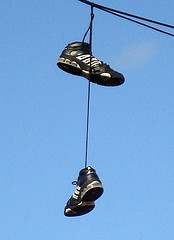
Other Uses for Shoelaces
You would think that with a name like “shoelace” people would only use them for tying shoes. But no! There are many other uses for shoelaces.
People have used shoelaces:
- For committing suicide (Why do you think they’re not allowed in prison cells?)
- As a belt
- As a bracelet
- For a hairband
- For tying sneakers together so you can throw them over telephone wires
In fact, there are lots of arts and crafts projects you can do with shoelaces. Visit this site to see a few more.
Goodbye Shoelaces
And so, as Velcro secures the end of shoelaces, let us raise our glasses and tie one on for the lowly shoelace.


